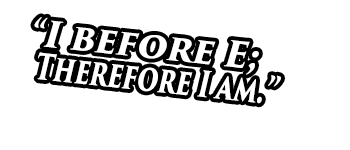 During the Card-E era, namely between Expedition Base Set in 2002 and Skyridge in 2003, pretty much every card had SOME Dot Code bars on it. Most of the time it was the Pokédex Dot Code bar located on the bottom which stored the base information about that Pokémon and its card… but sometimes there was also an extra, longer Dot Code bar located on the card’s side. This literal side bar containted a number of different fun bits, such as a cartoon, in-game utilities (like a timer or coin flipper), and sometimes even an entire mini-game! Even more unique is the fact that these side bars ONLY appeared during the Wizards of the Coast period of the Card-E era, meaning that they only appeared in Expedition, Aquapolis and Skyridge. Once EX Ruby & Sapphire was released, the side Dot Code bars were excised from the game. ;_;
During the Card-E era, namely between Expedition Base Set in 2002 and Skyridge in 2003, pretty much every card had SOME Dot Code bars on it. Most of the time it was the Pokédex Dot Code bar located on the bottom which stored the base information about that Pokémon and its card… but sometimes there was also an extra, longer Dot Code bar located on the card’s side. This literal side bar containted a number of different fun bits, such as a cartoon, in-game utilities (like a timer or coin flipper), and sometimes even an entire mini-game! Even more unique is the fact that these side bars ONLY appeared during the Wizards of the Coast period of the Card-E era, meaning that they only appeared in Expedition, Aquapolis and Skyridge. Once EX Ruby & Sapphire was released, the side Dot Code bars were excised from the game. ;_;
As a quick overview, there was no real “official” name for these long side Dot Code bars; the e-Reader GBA scanner didn’t distinguish what it was scanning, so as far as it was concerned, they were all just “Dot Codes” to scan. However, for the sake of separating the short Dot Code bars on the bottom which stored Pokédex data from the long Dot Code bars which stored everything else… I’m gonna call those “everything else” as “Programs”. Therefore, this page in the e-Reader Retrospective series aims to collect as much about these extra programs as possible. All the different sprites, icons, music, data, etc which might have otherwise been lost to time… I aim to get them all here, just so that you don’t have to!
That said, there are perhaps main categories of different programs, which themselves can be broken down into different subtypes. These various categories are:
 |
Application — these are distinguised by the “Application” page, which also reveals which other specific cards you’ll need to scan to complete the Application. Many times you only need to scan two, even only one card, but most of the time you’ll need to scan four or five cards total to activate the cartoon or mini-game. There are in turn two kinds of applications which can be loaded:
|
| Construction — unlike the cards you scan for the “Application” page, the cards you scan for the Construction pages can be mixed and matched (albeit for the same subtype). These subtypes are: | |
 |
|
 |
|
 |
Another Attack/Strange Power — scanning these cards reveals a new attack or Poké-Power(*) that your Pokémon card can use in game. These special attacks/powers are unique as their effects or damage is randomized, similar to the GB-only cards seen in the Pokémon TCG Game Boy game.
(* alas, no new Poké-Body abilities are involved… mostly because Poké-Body are “always on” effects, which doesn’t really make sense if you’re trying to have it do some kind of random effect.) |
 |
Misc Programs — these are basically one-off programs, stuff like match timers, coin flippers or other silly things. I’ll cover the entire list as I see them. |
In each respective section I’ll get into fuller details on what is involved for each program type. More importantly, I’ll try to extract as many sprites and other artwork as I can, just so they aren’t lost. That said, until I can get all the actual screenshots of the data, I’ll just be listing them all in text form for easy organization. If anything it’ll help me with the actual listing when I start adding them into. Also, regardless of whether or not I have actual secreenshots for each entry, they’ll be listed in order by the Card-E ID number (A-01-#, A-02-#, B-01-#, C-01-#, etc) of the first card for that entry, if multiple cards are involved, that is.
So without further ado, here are the Programs!
Application
Generally this will be the only section where each entry will involve multiple cards, like that a certain application requires scanning in three or four other cards in order for it to run.
Useless Info
The main card scan area is 88 pixels high, meaning you can potentially scan…
- 1 card = 88 pixels
- 2 cards = 44 px
- 3 cards = 29 px
- 4 cards = 22 px
- 5 cards = 17 px
- 6 cards = 14 px
- 7 cards = 12 px
- 8 cards = 11 px
- 11 cards = 8 px
Kinda useless info tho.
Unsorted
Until I actually get the actual proper screenshots and thus get everything sorted into the below list, I’ll be placing that unsorted, unscreenshot’d info in this section. I mean, more screenshots than just the empty scan lists…
| Scan List | Info | Screenshots |
 |
||
 |
||
 |
||
 |
||
 |
||
 |
||
 |
||
 |
||
 |
||
 |
||
 |
||
 |
||
 |
||
 |
||
 |
||
 |
||
 |
||
 |
||
 |
Cartoons
| Scan List | Info | Screensots |
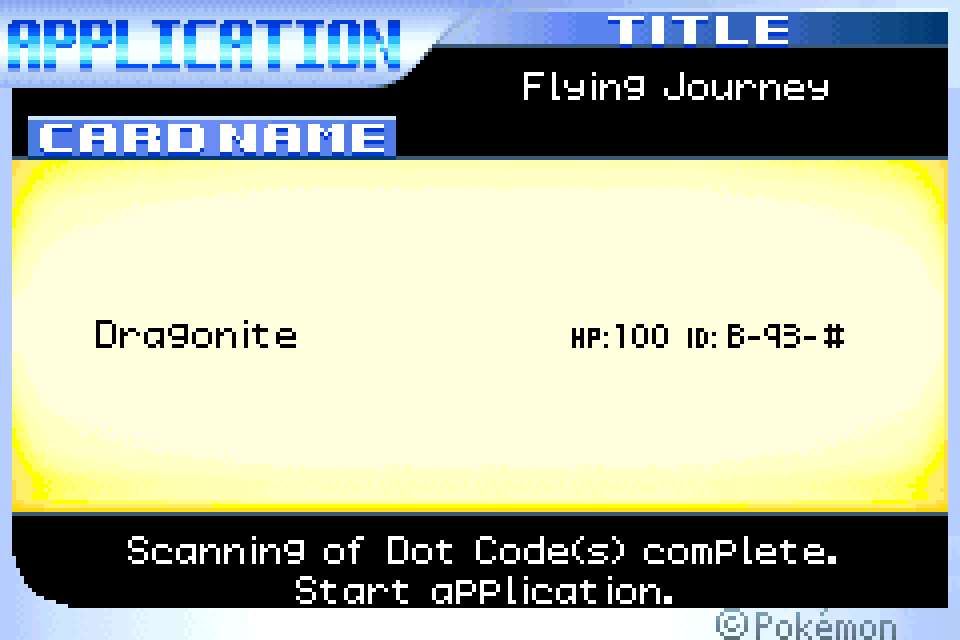 |
Flying Journey
Follow Dragonite as it travels around the world X number of times! It will always end in Tokyo, Japan, but the other regions you see it fly over include:
During its trip, Dragonite will pass by Spearow and Pidgey (or maybe Pidgeotto… the pixel art is very distorted), as well as Aerodactyl! |

|
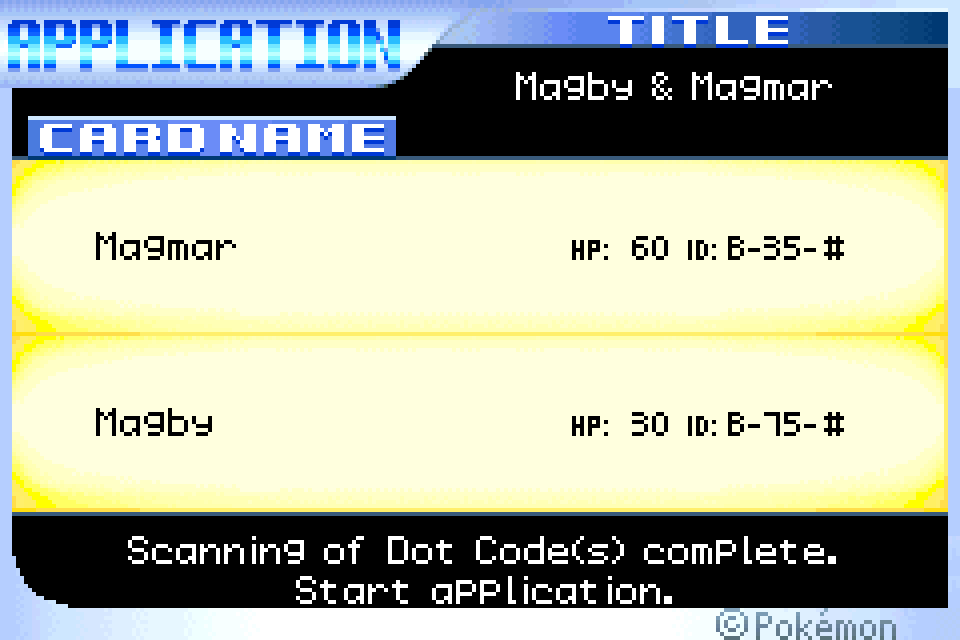 |
Magby & Magmar
This cute little cartoon starts off with Magmar and Magby fighting to see who is the hottest. Articuno later flies in and tries to put the fight on ice to cool them off… but in the end the two thaw out and start fighting back up yet again. Oh well! |
  |
 |
Time Travel
A quick two-parter cartoon: first you see Celebi eating some berries only to run out… but instead of thinking about how eating berries now means there are no more berries to eat later, Celebi selfishly alters the very fabric of space and time to feed on more berries. Part two has Pichu and Pikachu show up to teach Celebi a valuable lesson about how travelling to the future simply means you’re not around in the present to defend your claim. |
Screenshots |
 |
Gotcha!
Jynx wants a kiss, no matter the cost! |
|
 |
Make A Dash!
Watch Rapidash run! How fast will it run this time?? |
|
 |
Metronome
Clefairy is gonna use Metronome… what will happen this time? |
|
 |
Sweet Scent
Vileplume is gonna use Sweet Scent… what Pokémon will it attract? |
Mini-games
What I find most interesting about these games is how similar they are to style and function as the classic “Game & Watch” games from the early 1980’s. Like, it’s mostly about gaining points via regular, repetitive game motions.
| Scan List | Info | Screenshots |
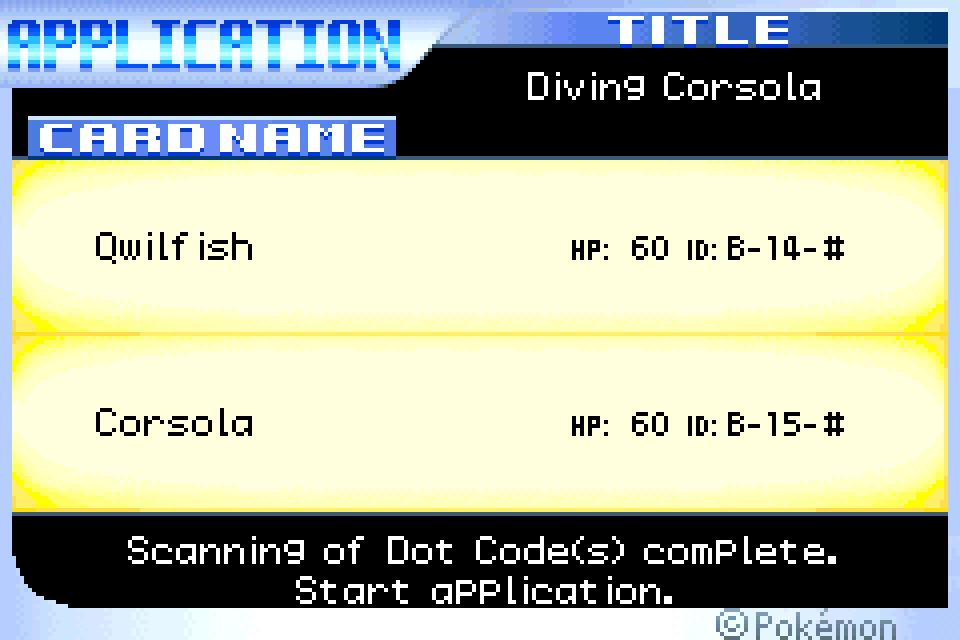 |
Diving Corsola
Sink down to 0 meters (0 ft, 0 in) to win! |
Screenshots |
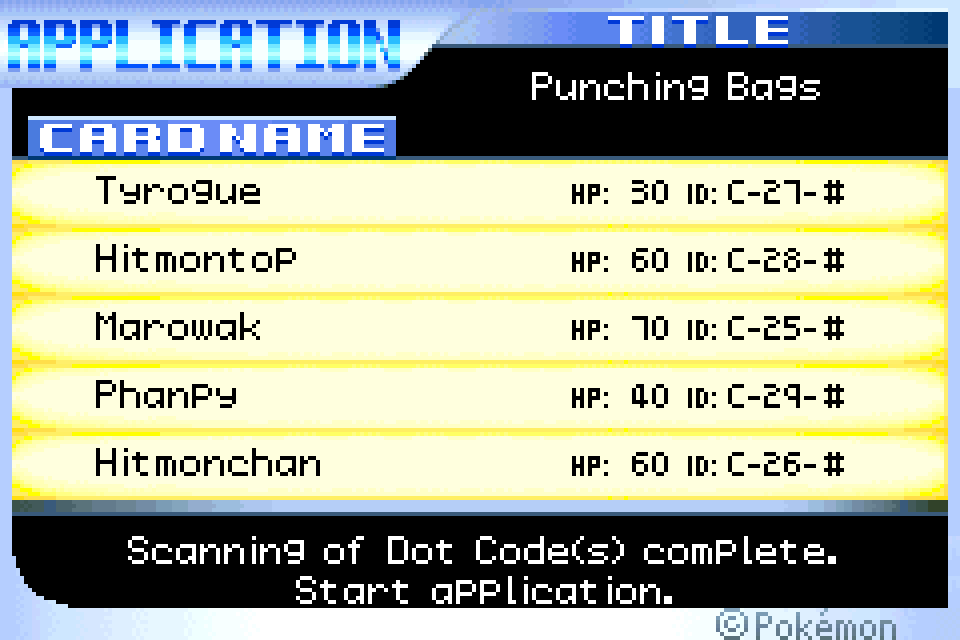 |
Punching Bags
Punch bags for maximum points! |
Screenshots |
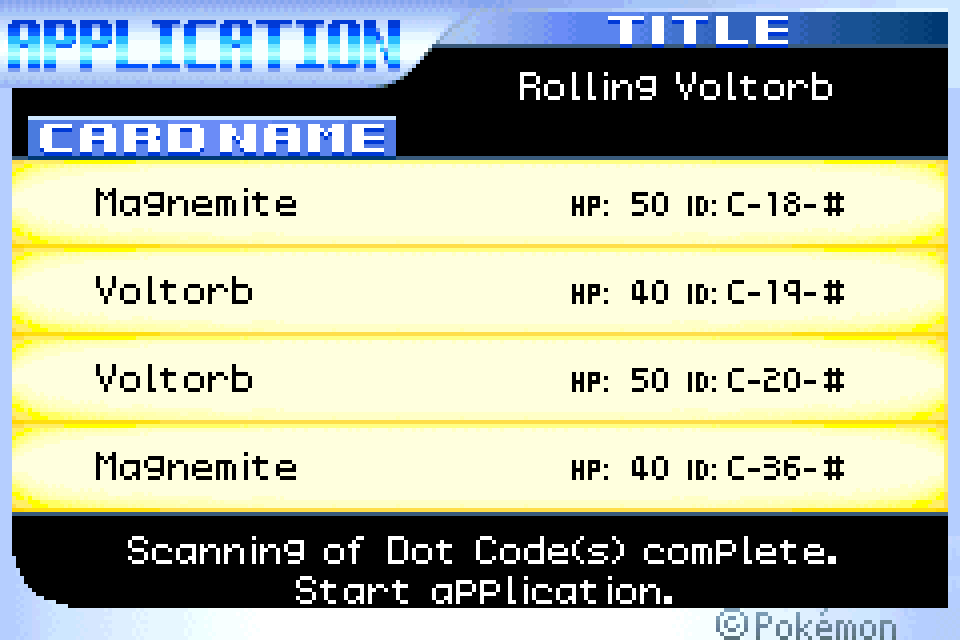 |
Rolling Voltorb
Miss the rocks for maximum points! |
Screenshots |
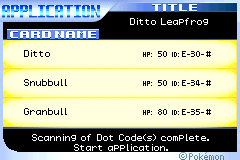 |
Ditto Leapfrog
Save the Magikarp and Goldeen for maximum points! |
Screenshots |
 |
Machop At Work
Punch the rocks for maximum points! |
Screenshots |
Construction
As mentioned above, “Construction”-type programs treats whatever cards you scan in as elements to add or change whatever program you’re using, although those cards are unique to either the Melody Box or Action programs.
Melody Box
This program is, well, a box that plays melodies! To be specific, it’s sort of a customizable “music box”… but here you can change both the sound of the music as well as the music being played itself, along with the background pattern. When you actually start the Melody Box program, regardless of what’s loaded, you’ll get a “Clefairy Controller”:
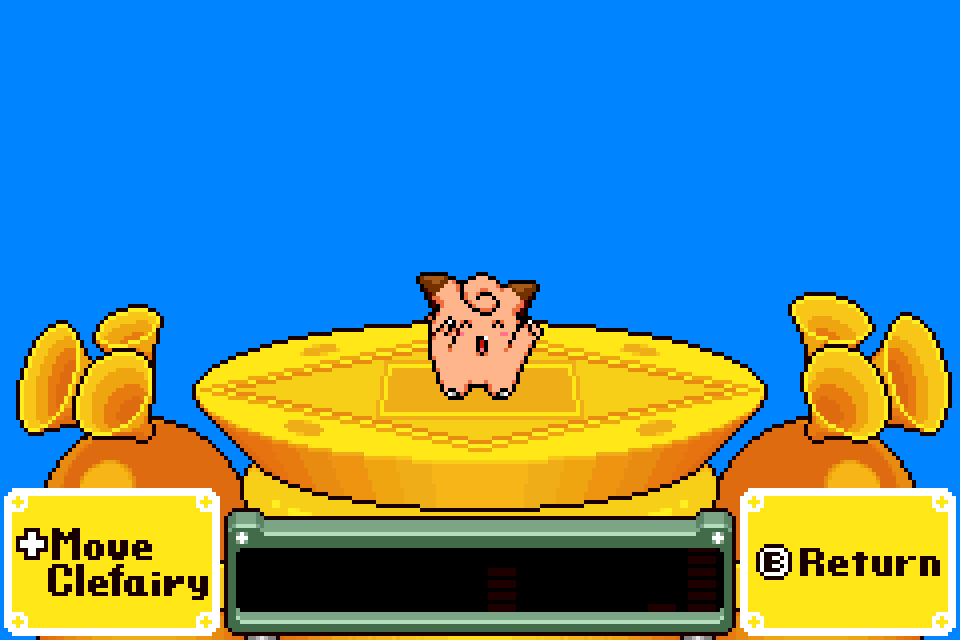
Here you can use Clefairy to control both the Pitch (Up/Down) and the Tempo (Left/Right) of the music being played. If I recall correctly, there are also 25 unique steps of both Pitch and Tempo, making 625 unique positions for Clefairy!
| Not only does Clefairy’s position reflect the Pitch and Tempo of the music, so does her movement and expression! |  |
For high pitches, Clefairy’s eyes are closed. |
 |
For middle pitches, Clefairy’s eyes are happy! | 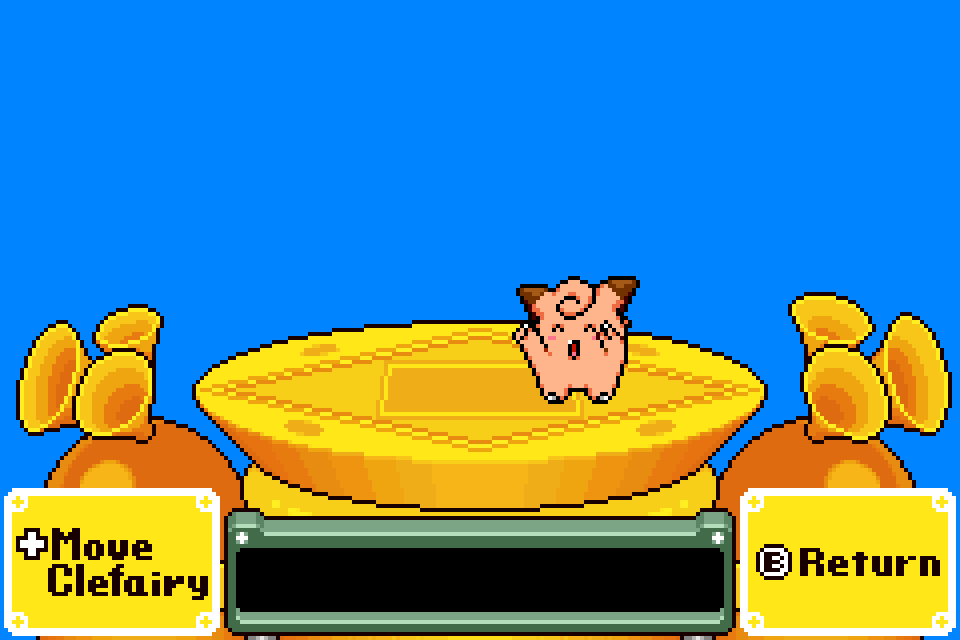 |
| And for low pitches, Clefairy’s eyes are open. | 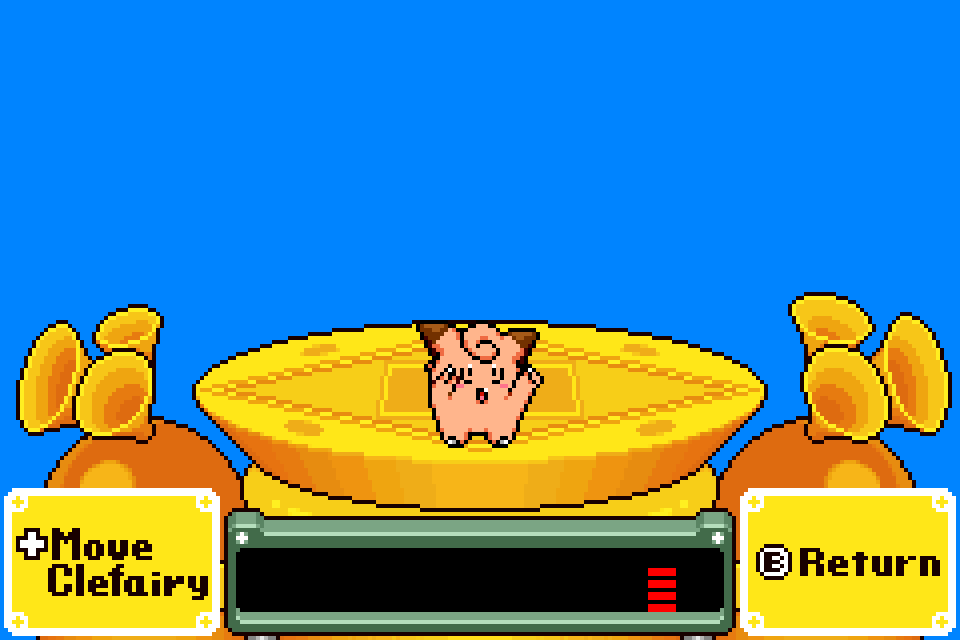 |
Meanwhile, the speed of Clefairy’s swaying left-and-right matches the tempo of the music. |
Even though there are about 25 steps in the Pitch and Tempo, there are only five total different facial expressions of Clefairy reflecting the different pitches.

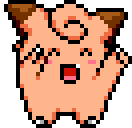
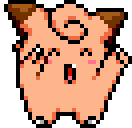
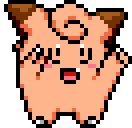
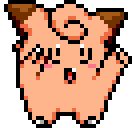
Aw, how adorable!
Anyways, if you don’t load any particular Melody Box element, or leave at least one element unloaded, then the default style is used. These default styles are:
| If you don’t have a SOUND file loaded, the default sound is a simple “video game beep”.
(If you want to get technical, I think it’s a simple “square-wave” or “pulse” sound.) |
|
| No MUSIC element uses a default tune, which I don’t exactly recognize. | |
| Without a PATTERN loaded, the Melody Box uses a default “Blue Triangle” animation. |
Sound
These change the sound of the music itself; in a sense this are basically sound samples. Unfortunately only one sample can be loaded in at a time, which makes the music sound a little bit monotonous. I’m not sure whether the “speach bubble” icon actually means anything different relative to sound sample icons without them. Anyways, the Info column contains both what the sound it—and maybe an actual playable sample if possible—as well as what card you can scan to get it.
| Icon | Info |
 |
Bubbles |
 |
? |
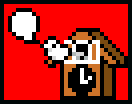 |
Cuckoo Clock |
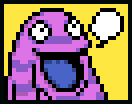 |
Grimer blub |
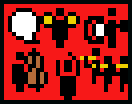 |
Orchestra |
 |
Xylaphone |
 |
Saxaphone |
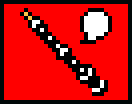 |
Clarinet (my favorite) |
 |
Tennis Racket…. y’know, the sound of the tennis ball hitting the racket |
 |
Togepi! |
Music
Loading in one of these changes the actual tune being played. Many of them are pulled from the Pokémon Game Boy game soundtracks, or are based on classical music. The Info column covers what the song is—including an audio playback of it using the default sound sample—along with what card you can scan to get it. I also don’t know if there is any difference between the music tracks with a musical note in its icon or not.
| Icon | Info |
 |
??? |
 |
RBY Gym Leader theme |
 |
RBY Professor Oak’s theme |
 |
RBY ??? |
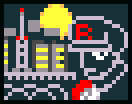 |
RBG Rocket theme |
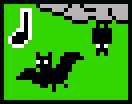 |
Spoopy music |
 |
??? |
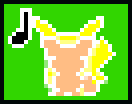 |
RBY Evolution music |
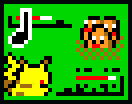 |
RBY Wild Pokémon Battle |
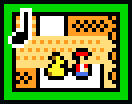 |
RBY Route 1 theme |
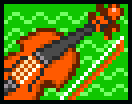 |
??? |
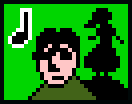 |
??? |
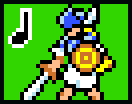 |
Ride of the Valkyries; I can almost see Lt. Surge flying in on a fleet of Huey Helicopters to save the day… |
 |
RBY Bicycle theme |
 |
??? |
Pattern
Finally, scanning in any of these pattern files changes the animation playing in the background. They function basically like animated GIFs… but we’re talking about late-90’s GIFs, complete with flaming skulls and “Under Construction!” sirens.
| Icon | Info |
 |
Pikachu bounces in and out of the BG |
 |
Spiral lines loop in and out between the squares |
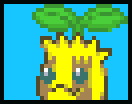 |
Aww, a cute little Sunkern sprouts up! |
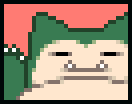 |
Snorlax can barely be bothered to roll over. |
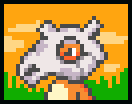 |
Bones bones everywhere, and not a single mom for Cubone to play with. ;_; |
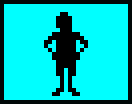 |
A silly little guy climps into the frame, does a yoga pose, then climbs back out. |
Action
fff
| Info | |
| Info |
Player
| Icon | Info | Screenshots |
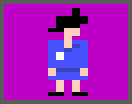 |
Seer |  |
 |
Pokemon Fan Club |  |
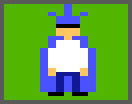 |
Juggler |  |
 |
Forest Guardian |  |
 |
Desert Shaman |  |
 |
Underground Explorer |  |
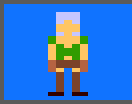 |
Relic Hunter |  |
 |
Fisherman |  |
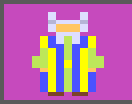 |
Apricorn Maker |  |
Maps
| Icon | Info | Screenshots |
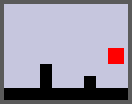 |
Porygon (C-32-a) | Screenshots |
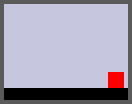 |
Houndour (C-35) | Screenshots |
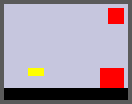 |
Houndoom (C-37) | Screenshots |
 |
Elekid (C-39) | Screenshots |
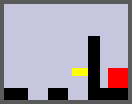 |
Muk (C-61) | Screenshots |
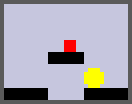 |
Slowpoke (D-15) | Screenshots |
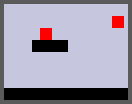 |
Mareep (D-22) | Screenshots |
 |
Entei (D-61) | Screenshots |
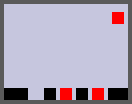 |
Staryu (E-15) | Screenshots |
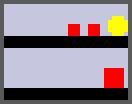 |
Raikou (E-65) | Screenshots |
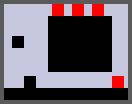 |
Slugma (F-12) | Screenshots |
 |
Friend Ball (F-44) | Screenshots |
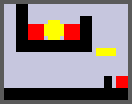 |
Xatu (F-67) | Screenshots |
Another Attack
gggg
| Icon | Info |
 |
Info |
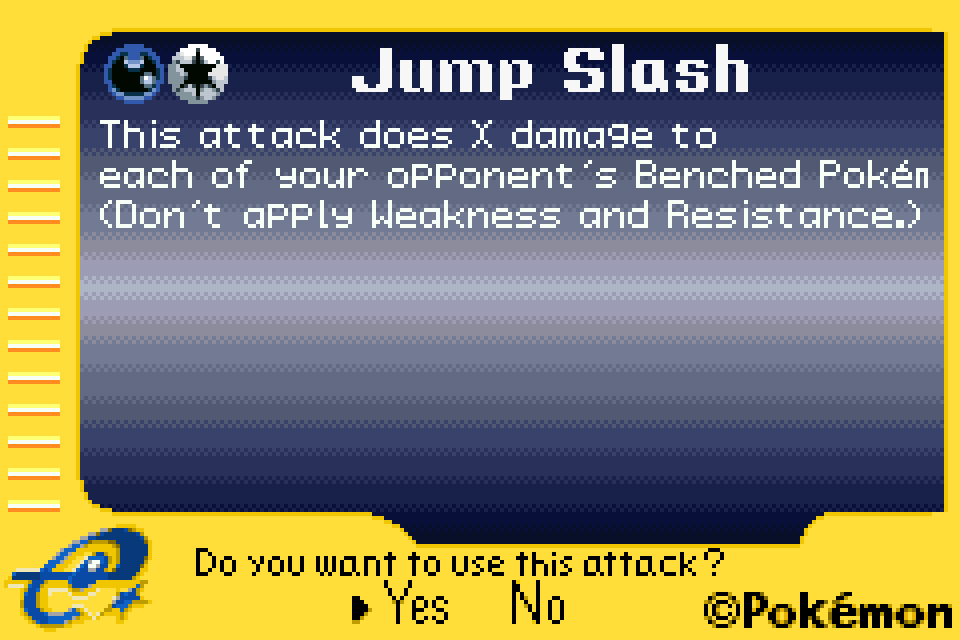 |
Jump Slash
Clearly no one gave a shit when framing up the text on this, as it cuts off half of the word “Pokémon” on the second line there. |
 |
Info |
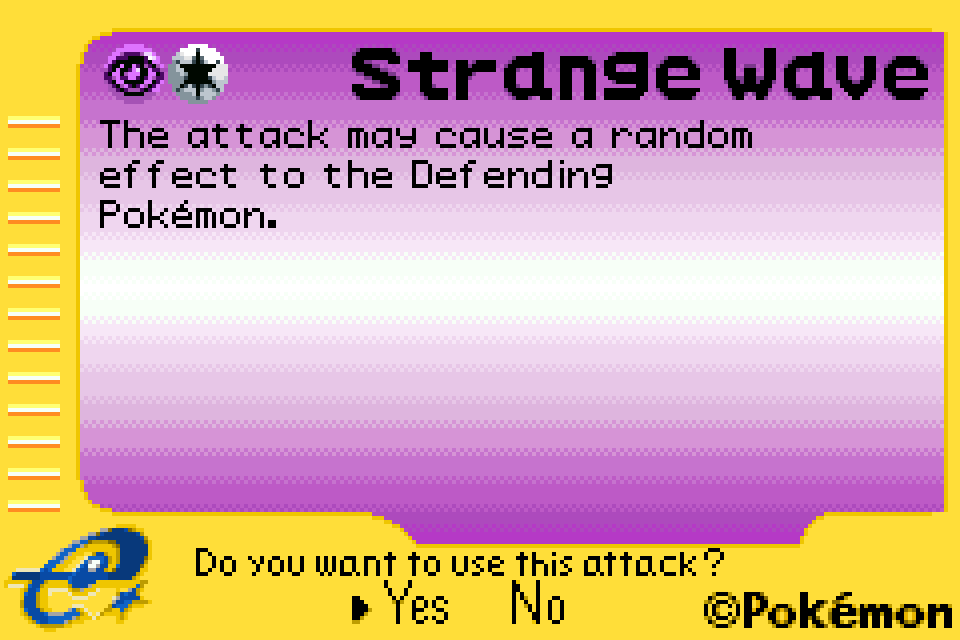 |
Info |
Misc Programs
gggg
| Icon | Info | Screenshots |
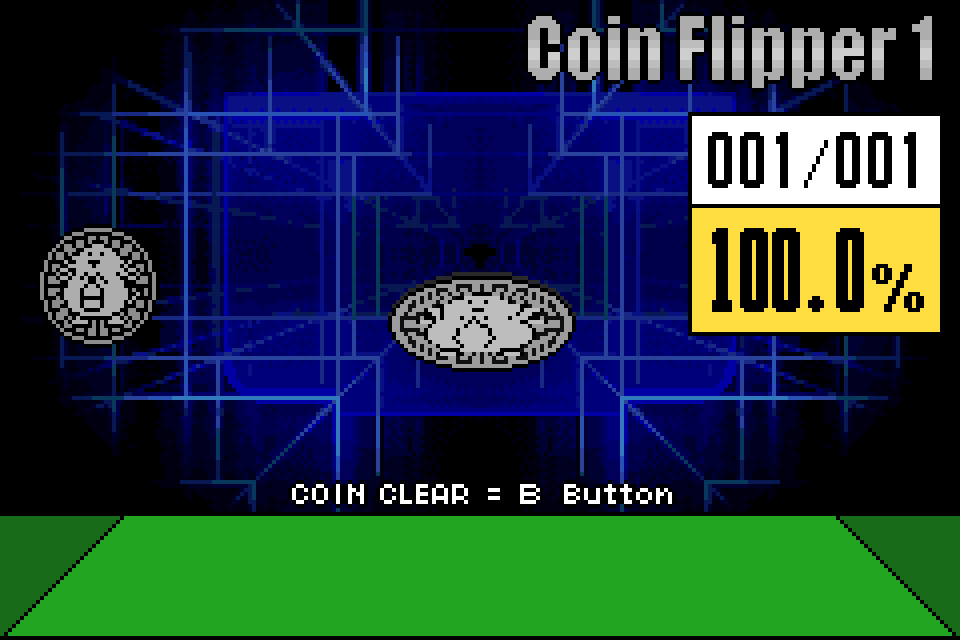 |
This is a Coin Flipper. It flips coins. | Screenshots |
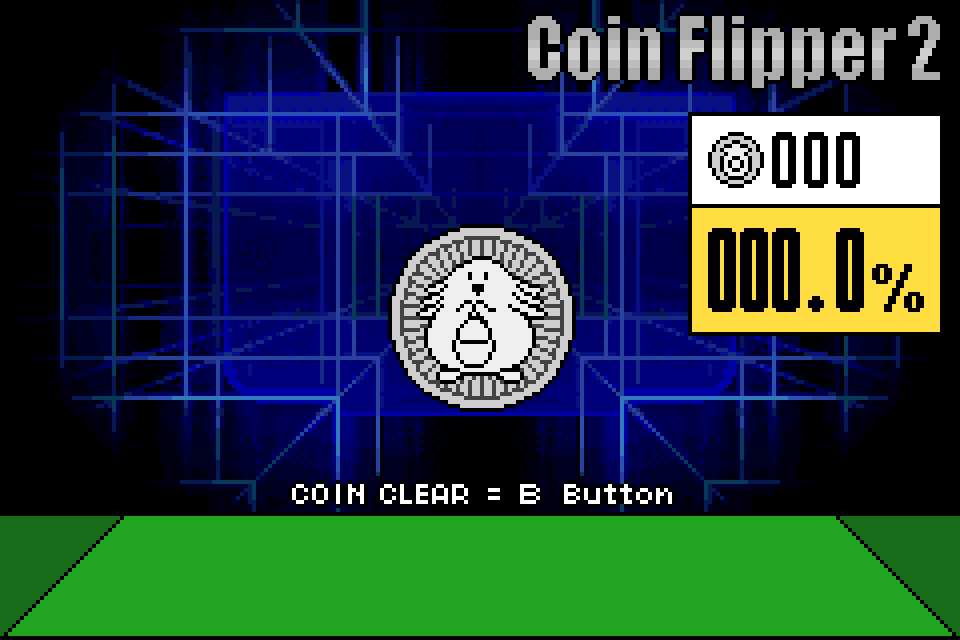 |
This is Coin Flipper 2… because clearly Coin Flipper 1 wasn’t good enough.
Joking aside, I think Coin Flipper 1 simply keeps track of your total coin flips and which one of them were flipped heads, while Coin Flipper 2 keeps track of how many heads you flip in a row. |
Screenshots |
 |
Info | Screenshots |
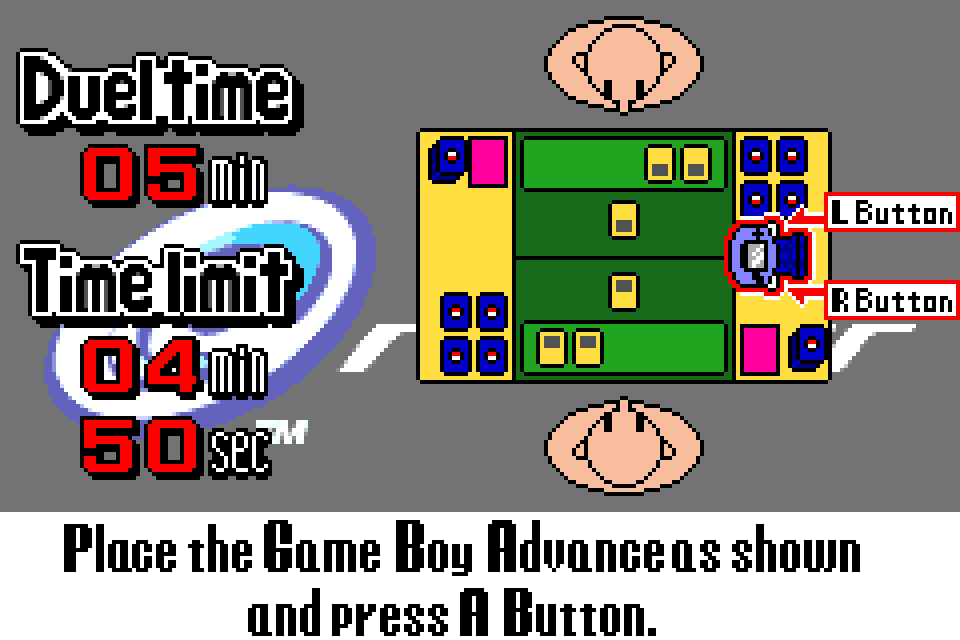 |
Info | Screenshots |
Neat stuff, huh? This is still something of a work in programs (as always), but hopefully it doesn’t take a long to finish as my other e-Reader pages since there is only three sets to worry about, and I think I pretty much have everything I need to scan in… knock on wood.
